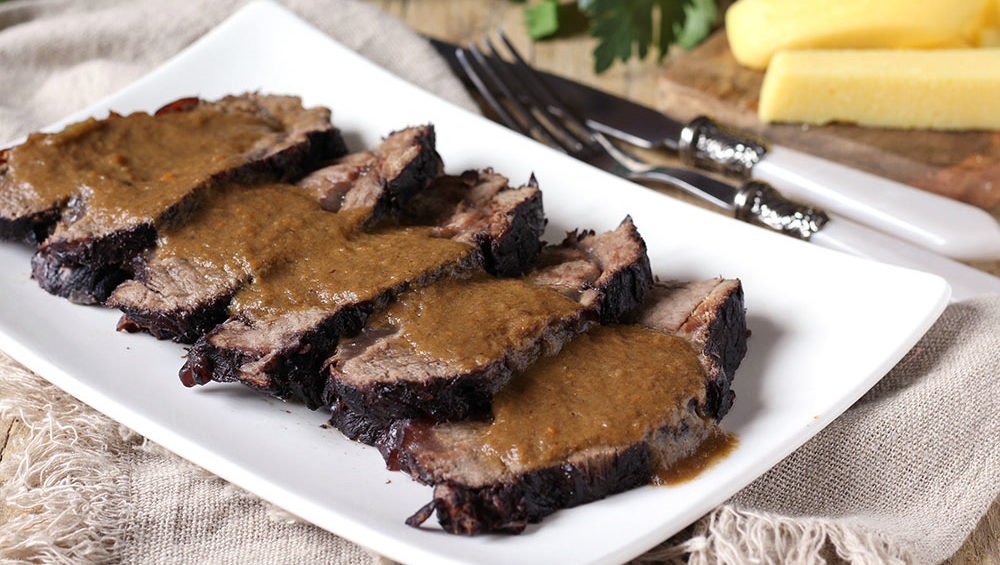ピ エ モ ン テ ワ イ ン ガ イ ド
Piedmont is identified almost exclusively for its great red wines, but excellent white and sparkling wines are also produced in this region.
The role of Piedmont has been fundamental for the development of modern Italian winemaking. It was here that the extraordinary revolution that brought Italy back to the top of high quality production began.
Piedmontese wines, apart from a few exceptions, are monovarietal, that is, produced with a single grape. The first examples of zoning of wine-growing areas started in Piedmont, defining concepts such as terroir and cru: a specific wineit is produced exclusively with grapes from a single vineyard or parcel whose name appears on the label.
Currently the denominations in which the varietal name is present are Barolo DOCG, Barbaresco DOCG and Dogliani DOCG. The territory of these denominations is divided into zones, and within these the parcels or crus are identified.
Locations such as La Morra, Barolo, Serralunga d’Alba, Monforte d’Alba and Castiglione Falletto are the wine areas of Barolo, while Barbaresco, Treiso and Neive are for Barbaresco. Bussia, Lazzarito, Cerequio, Rocche and Brunate are some examples of Barolo crus, as are Rabajà, Asili and Montestefano for Barbaresco.

History of Viticulture
Piedmont has always been a land of great wines. Viticulture has been present in the region since pre-Roman times, by the Celtic-Ligurian populations. The Roman domination, starting from the sixth century BC, led to its expansion, which continued into the Middle Ages by various monastic orders, whose work led to the definition of the current wine-growing areas, from Monferrato to the Langa, up to Upper Piedmont.
Nebbiolo was identified as a vine as early as 1200 AD, but it only became famous in the 19th century, in the presence of Cavour and the Marquises of Barolo. Until the first half of the nineteenth century Piedmontese wines were mainly sweet, a tradition that can be traced back to both commercial and technical reasons.
From a commercial point of view, since most of the wines were exported thanks to the Maritime Republic of Genoa by sea, sweet wines ensured greater shelf life during long sea voyages. From a technical point of view, Nebbiolo, the main Piedmontese grape, ripens rather late. The cold of the cellars where fermentation took place during the months of November and December and the unavailability of selected yeasts interrupted the fermentation process, thus leaving a certain amount of residual sugar in the wine.
The protagonist of the Piedmontese oenology renaissance was Barolo, thanks to the French oenologist Louis Oudart. Giulietta Falletti, Marchioness of Barolo, asked Oudart to improve the Nebbiolo wines produced in his cellar. Oudart understood the potential of Nebbiolo and realized that an excellent dry wine could be obtained. Thus Barolo was born and it was thanks to Camillo Benso, Count of Cavour, who decided to convert the cellars of his Grinzane estate for the production of Barolo, that this wine began to acquire its fame nationally and internationally. At the end of the 19th century Barbaresco also acquired its own identity, thanks to the studies carried out at the Oenological School of Alba.
These two great wines, and the developments related to them, were destined to mark the history of Piedmontese viticulture up to the present day.
Grape Varities
The vines grown in Piedmont are mainly black grapes, such as Nebbiolo, which gives life to Barolo and Barbaresco, among the most famous Italian red wines, Barbera, in its many regional variations, Dolcetto, Croatina, Freisa, Bonarda, Grignolino, Brachetto, black-berried Malvasie from Casorzo and Schierano.
Among the white grape varieties to remember are the autochthonous Cortese and Erbaluce and the white Moscato, which finds in the region some of its highest expressions, especially sparkling wines, such as Asti DOCG, but also still, such as Moscato di Loazzolo DOC.

Gastronomy
Piedmontese cuisine is famous for its appetizers, both hot and cold, including peppers and stuffed onions, to be enjoyed with a Gavi di Gavi, Crostini with truffles, saladsand cured meats, raw and cooked, Vitello tonnato, excellent paired with a Roero Arneis, and stuffed eggs . Among the famous first courses are the Agnolotti del plin, with roast or truffle sauce, to be enjoyed paired with a Grignolino d’Asti, the Gnocchi all’ossolana (made with potato and chestnut flour ), and the Risotto, which is already mentioned, to Barolo, asparagus, finanziera and many others. We also remember the Tajarin of homemade egg pasta, with truffle or sage and butterbulk.
There are many meat -based second courses, such as the famous Brasato al Barolo, to be paired with the most famous wine of the region, and the Piedmontese mixed Bollito, ideal in combination with a Barbera d’Alba. Among the white meats, Pollo alla babi (grilled) and Pollo alla marengo, to be enjoyed with a Dolcetto di Ovada . Batsoà, on the other hand, are traditional pork or veal trotters, common in the Canavese area, boiled and then passed in egg, breadcrumbs and fried Rabbit with peppers can be paired with a Grignolino d’Asti.
